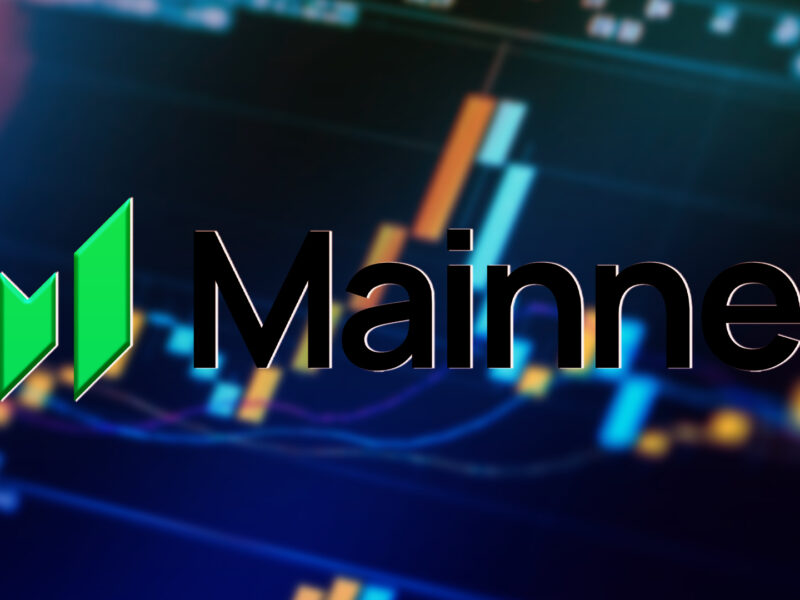WHAT IS MAINNET?
Mainnet can be defined as a live independent blockchain network that is fully operational and is used to support cryptocurrency or a decentralized application (dApp) by providing a secure and reliable platform. The mainnet is the last stage of blockchain where real and operational transaction of cryptocurrency takes place to be permanently recorded.
BLOCKCHAIN APP DEVELOPMENT STAGES
Preceding blockchain comes two other stages, which are:
- Testnet: It is defined as the testing stage of the blockchain where the developers test and assure the quality of the blockchain features. Mainnets are launched after developers succeed in making the blockchain secure and run without any errors.
- Devnets: The development network is a separate network stage following similar functions as to Testnet. The only main difference exhibited is Devnets is a little less formal, mainly used for internal development and experiments.
IMPORTANCE OF MAINNET
- Mainnet signifies the milestone for the blockchain project as going from interpreting the complexity to thorough testing required before going live.
- It is the network where all the cryptocurrency transactions ledger is stored and interaction of users with the blockchain and mining for new cryptocurrency is done.
- They also enable the practical application/real-world use cases of these technologies.
Proof of Concept vs. Mainnet
Proof of Concept (PoC) is a preliminary model of the blockchain project which is primarily used for testing. A small-scale version of the project is generated to check the feasibility as well as the utility of the prototype. As dApps and blockchain are generated, the core ideas behind them allow app developers to look for errors and test the features of the product. It is only a starting point, hence, lacking security or optimization of features/tools.
While Mainnet is the actual end product of the blockchain project meant to be a full-scale actual functioning network.
ROLE OF NODES
Nodes can be understood as computers or any other electronic devices that participate in validating transactions as the blockchain is shared by everyone and the data isn’t counted only on one authority making this a reliable source to store, maintain and locate the data. This means a decentralized database system in a blockchain. All the nodes store a copy of the blockchain and participate in the Consensus Rule.
The Consensus Rule states that the data or hash of a block cannot be changed until every member of the blockchain community agrees with the change. It resembles taking a poll, the majority of the members should agree before proceeding with the change. In case the decision does not get enough votes, the change will be rejected and data will not be altered.
Validating the transaction in the blockchain is done only by the authority’s authenticity and legitimacy. This constitutes the network’s security and consensus mechanism.
A popular example of this is Proof of Work (PoW). In Proof of Work, miners engage in a competition to solve intricate mathematical problems. The miner who discovers a valid solution first earns the privilege to append the subsequent block to the blockchain.
UPGRADES AND FORKS
Mainnets usually undergo upgrades, which are improvements or addition in features and resolving errors like, security patches, etc without changing the fork. Upgrades are usually done to improve the scalability and security of the network
Fork is defined as a divergence in blockchain rules. These forks are added because of the changes made inside the blockchain network. Forks are subdivided into two parts:
- Hard Fork: These happen because of the mining of new blockchain networks.
- Soft fork: These take place because of the introduction of new features inside the blockchain network.
CONCLUSION
- Mainnet is the important stage of the blockchain as it acts as a backbone of a functioning blockchain network.
- Testnet and Devnet are the preceding stages of the mainnet usually for experimentation purposes.
- The consensus rule can be understood as a poll where a major number of votes rule if you want to change data inside a block. While validating transactions is an example of blockchain’s security.
- Upgrades and forks are the improvements inside a blockchain and changes created while changing the data ins a blockchain respectively.
